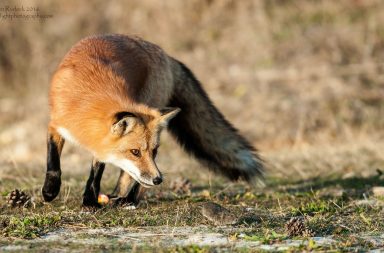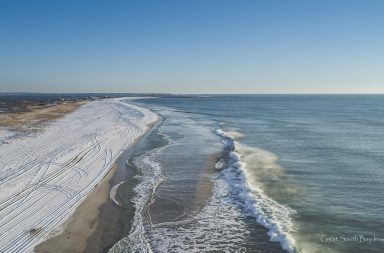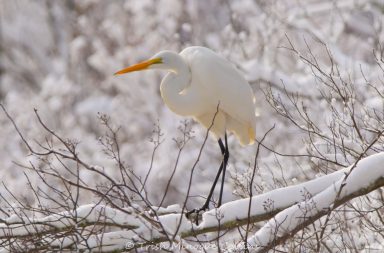Ancient instinct has brought them here from deep on the ocean floor. Horseshoe crabs ride the spring tides of May and June to lay their eggs along the shores of Long Island.
Walking down the beach at low tide the other morning, I saw several stranded at the high tide line. One by one I peeked under the shell to see if there was any movement in those crazy legs. Some had already been picked clean by shore birds, but I was able to return several to the water.
If you have grown up on the shores of Long Island like I have, you’ve probably grown up loving these creatures, which are more closely related to spiders and scorpions than they are to crabs. Their spiky tail looks deadly, but won’t harm you. It only helps the horseshoe crab to right itself if the lapping waves happen to flip it on its back.
This is the time of year when the adults come to our shores to mate. Look for them at high tide around the new and full moon.
There’s a good chance you’ll see the smaller male hooked onto the larger female. She’ll drag him around in the shallows till she lays her eggs. You may see some satellite males swarming around hoping to fertilize any eggs they come across in the sand.
It’s amazing to think that these creatures have existed for 450 million years since before dinosaurs. They have survived 5 mass extinctions. Let’s hope their winning streak continues.
If you’re interested in being part of the effort to document horseshoe crab populations along our beaches, you can sign up with Cornell Cooperative Extension at http://www.nyhorseshoecrab.org/. I came across a class from Bayport-Blue Point High School doing just that during the last new moon and have included some photos here.
Seeing horseshoe crabs on the beach brings a smile to my face, because I know summer that much closer. I look forward to seeing the tiny horseshoe crab babies in the shallows in a few weeks. I hope you enjoy these photos, and keep an eye out for these “living fossils” next time you’re at the shore.



More images and video on pages 2 and 3





